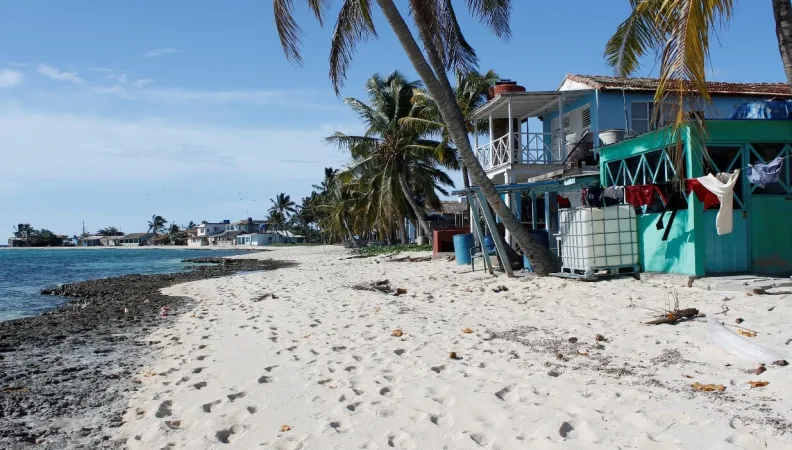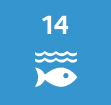Share the page
In Cuba, nature-based solutions for a littoral more resilient to climate change (Résilience bleue)
Project
Published on


-
Project start date
-
Status
In progress
-
Estimated date of project termination
-
-
Project financing date
-
-
Financing duration
-
4 years
-
Type of program
-
FFEM
-
Global financing amount
-
€ 1 600 000
-
FFEM financing amount
-
€ 4 800 000
-
Project lead member institution(s)
-
AFD
-
Country and region
-
Cuba
-
Type of financing
-
Partners
-
CITMA, MINTUR, The Ocean Foundation, Wildlife Conservation Society (WCS)
-
Beneficiaries
-
République de Cuba
-
Type of beneficiary
-
Non-financial public or parastatal company


The Résilience bleue (or blue resilience)project strengthens ecological and community resilience by using nature-based solutions in the two largest island countries of the Caribbean, Cuba and the Dominican Republic.
Context
The Guanahacabibes Peninsula, in the province of Pinar del Río, and Playa Santa Lucia, in the province of Camagüey, are two major sites in Cuba designated as UNESCO Biosphere Reserves. They are home to coastal forests, beaches with dunes, mangroves, lagoons, seagrass beds, and coral reefs. However, the richness of these ecosystems remains vulnerable to coastal hazards and climate change. This area is under pressure, primarily from damage caused by tropical cyclones, as well as various human-induced threats related to tourism and unsustainable fishing, which increase the risk of biodiversity loss and the degradation of associated ecosystem services.
Description
The Blue Resilience project contributes to the resilience of marine-coastal ecosystems and associated human systems to the impacts of climate change, while promoting the conservation and sustainable use of these ecosystems:
- Design and implement nature-based solutions to strengthen the socio-ecological resilience of protected areas and associated coastal communities in Cuba, in order to reduce climate risks for populations resulting from extreme weather events, sea level rise, and declining fisheries productivity.
- Enhance the capacity of protected areas to integrate the management and protection of marine and coastal habitats and to mitigate local threats that exacerbate climate risks.
- Restore coastal and marine habitats that provide essential ecosystem services, with the participation of local communities.
- Increase climate awareness and strengthen ecosystem-based adaptation capacities within local communities.
Impacts
- The Blue Resilience project contributes to the resilience of marine-coastal ecosystems and associated human systems to the impacts of climate change, while promoting the conservation and sustainable use of these ecosystems:
- Design and implement nature-based solutions to strengthen the socio-ecological resilience of protected areas and associated coastal communities in Cuba, in order to reduce climate risks for populations resulting from extreme weather events, sea level rise, and declining fisheries productivity.
- Enhance the capacity of protected areas to integrate the management and protection of marine and coastal habitats and to mitigate local threats that exacerbate climate risks.
- Restore coastal and marine habitats that provide essential ecosystem services, with the participation of local communities.
- Increase climate awareness and strengthen ecosystem-based adaptation capacities within local communities.
Innovative and exemplary features
The "Blue Resilience" Project will promote a lasting change in the behaviors and intervention methods of economic actors and institutions through the planning of projects carried out within working groups that involve populations directly affected by climate change-related risks. These efforts will focus on the protection and monitoring of coastal protected areas, such as the governance of the Playa Santa Lucia and Guanahacabibes protected zones.
The development of “blue tourism” will be co-constructed with all stakeholders, particularly local residents and professionals already engaged in this field, with special attention given to the role and participation of women.
Another key innovation lies in the shift of the tourism model — moving away from mass tourism towards a more sustainable form of ecotourism. This new model aims to be more qualitative and rooted in the value and appeal of Cuba’s ecosystems.
Sustainable Development Goals
ODD13 Climate action

ODD14 Life below water



